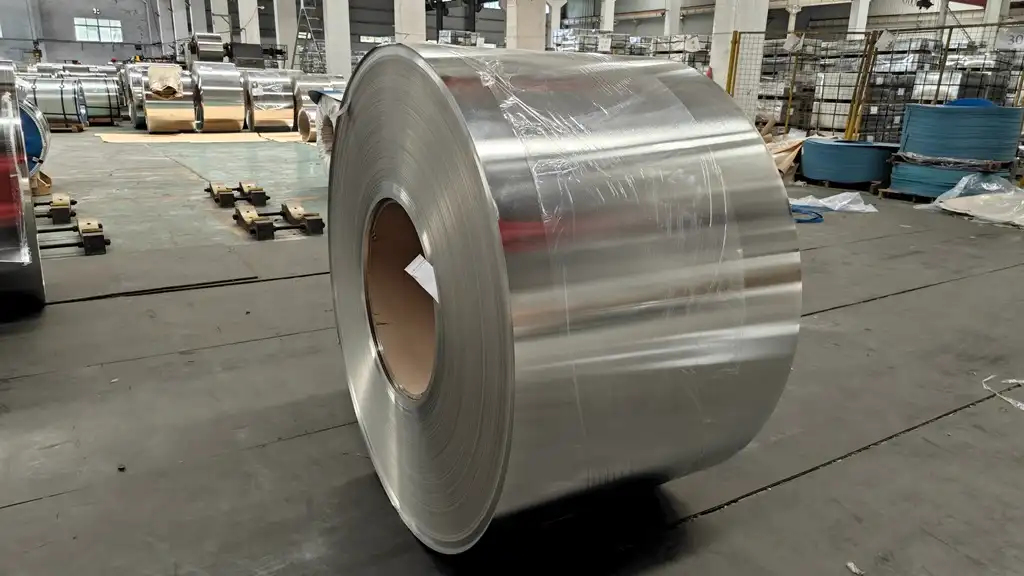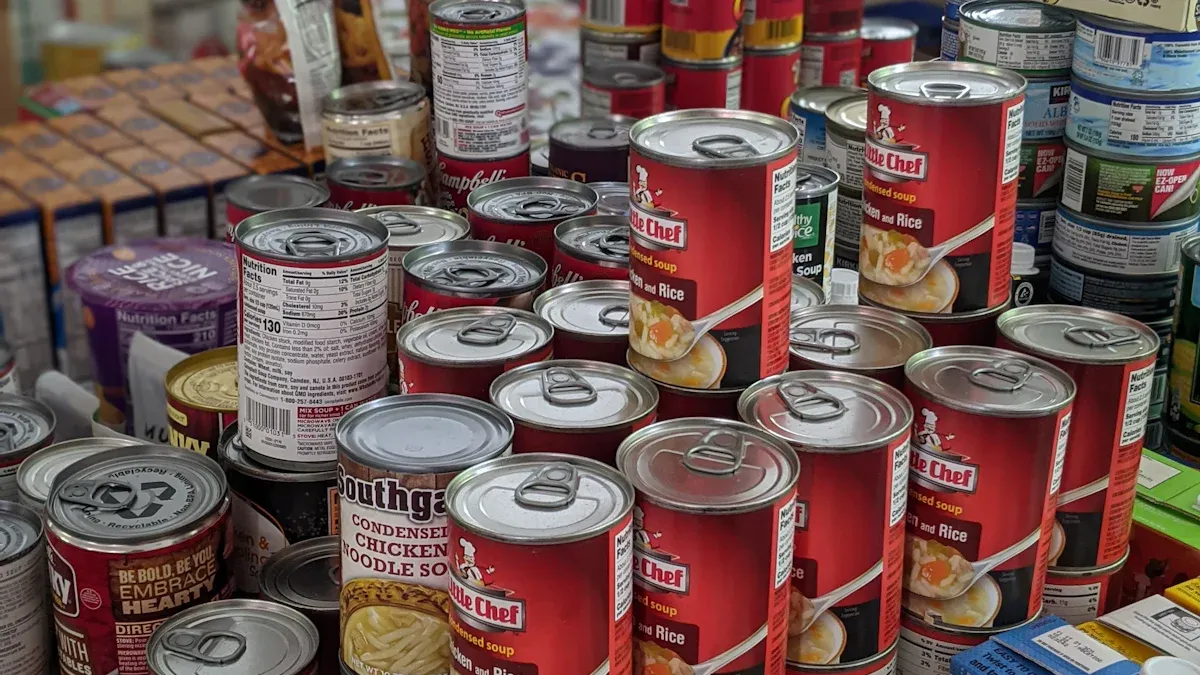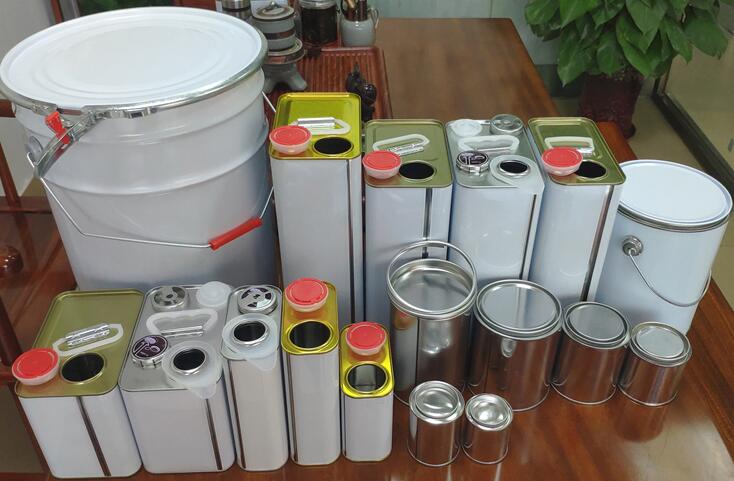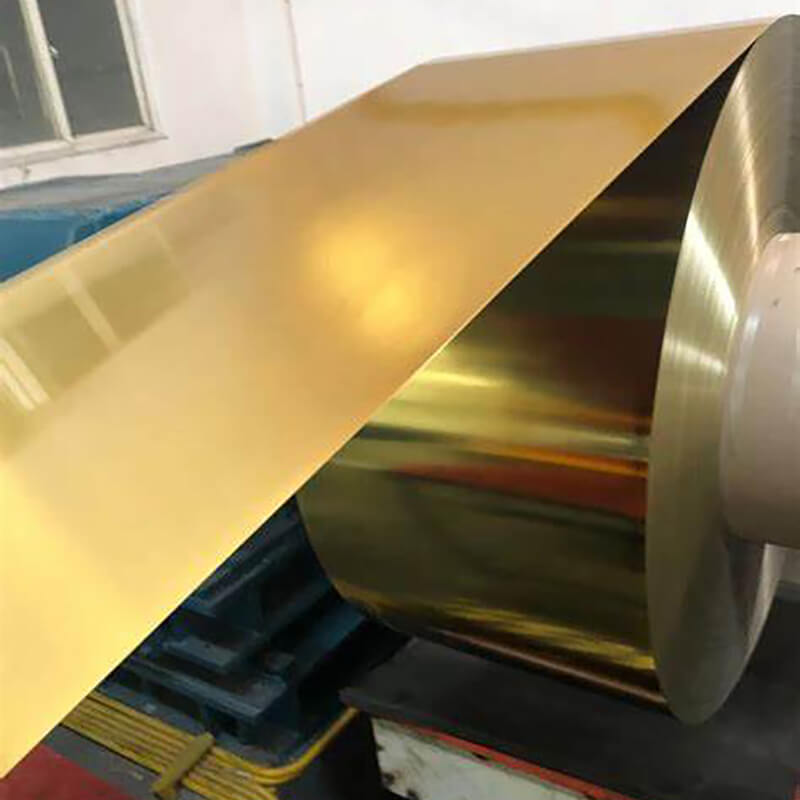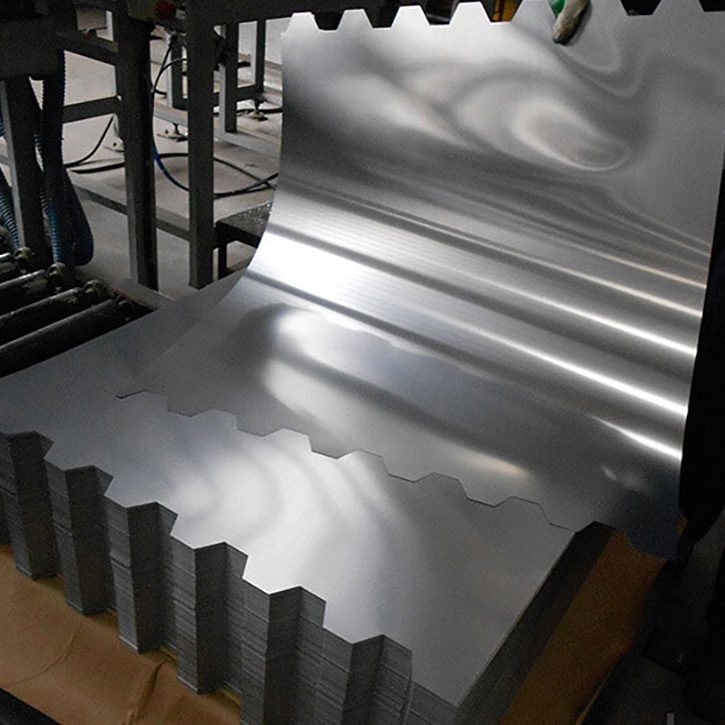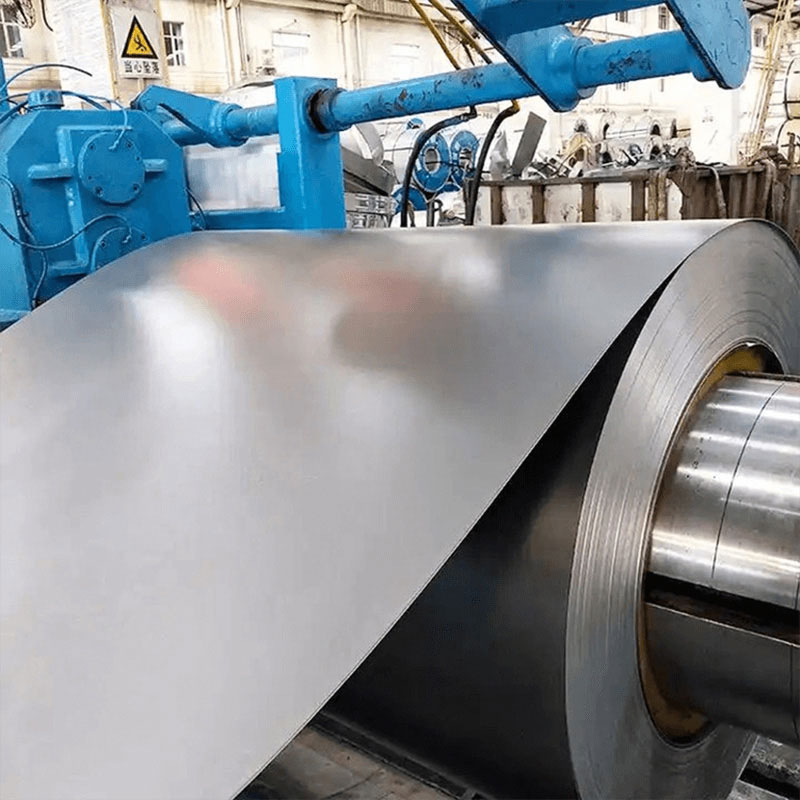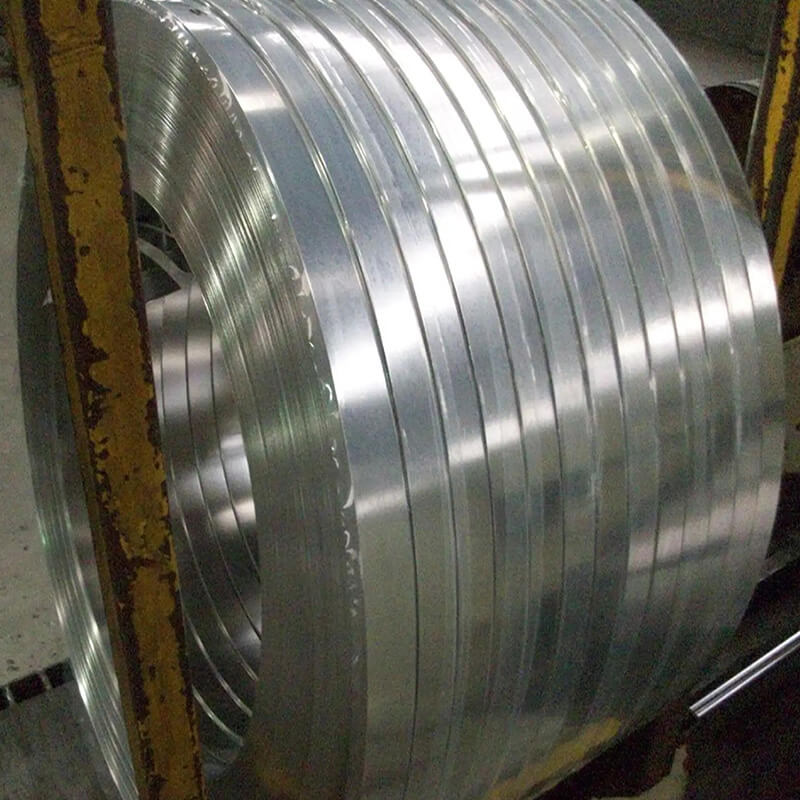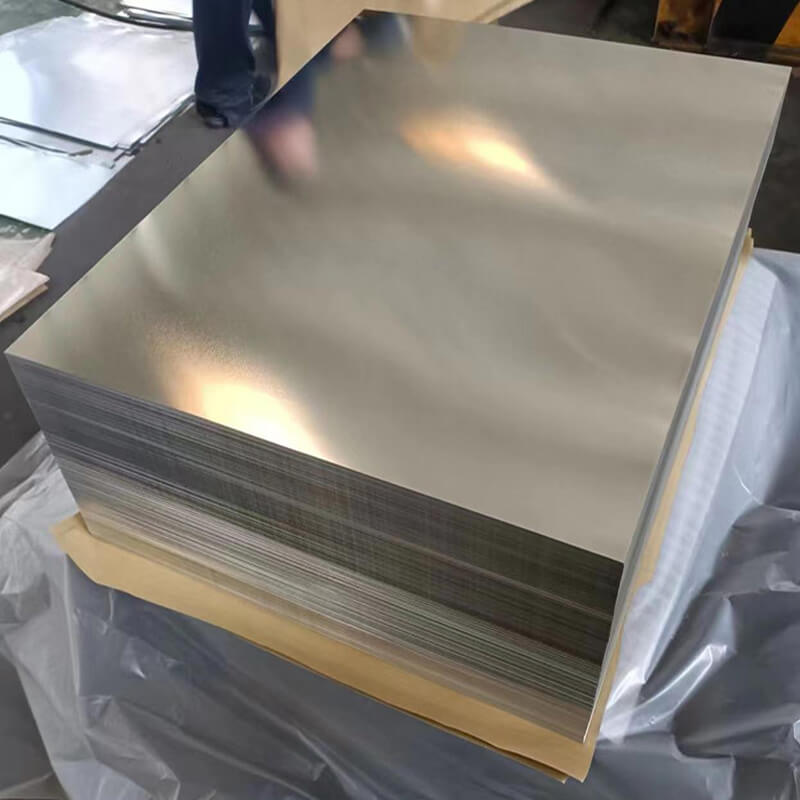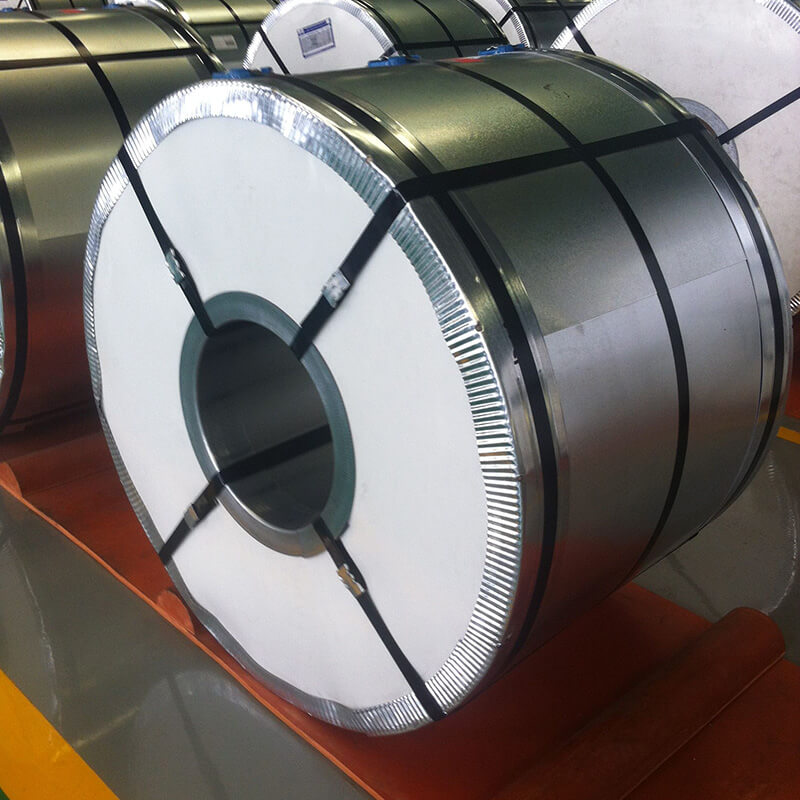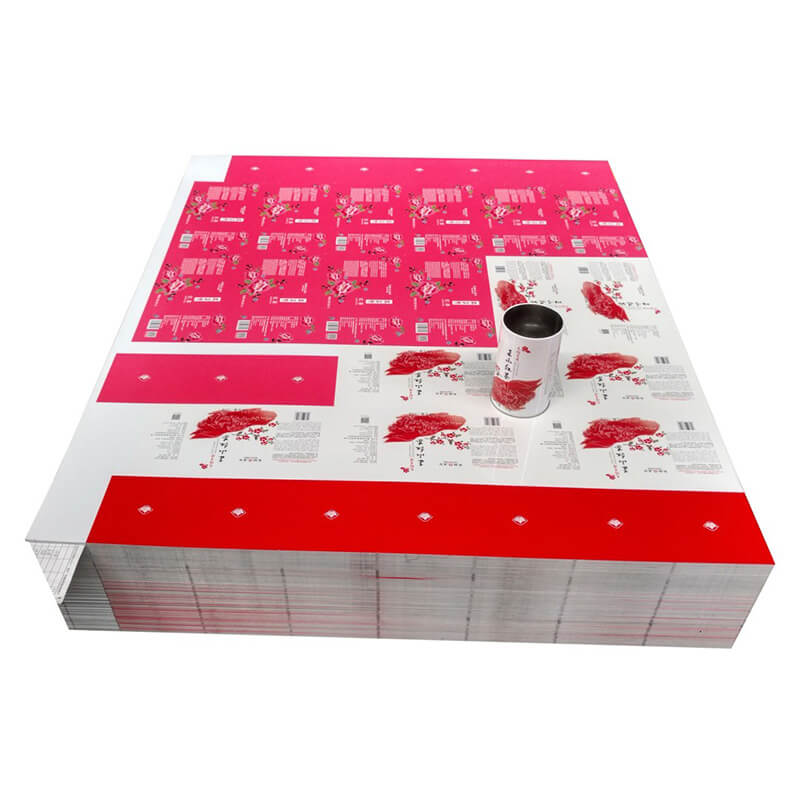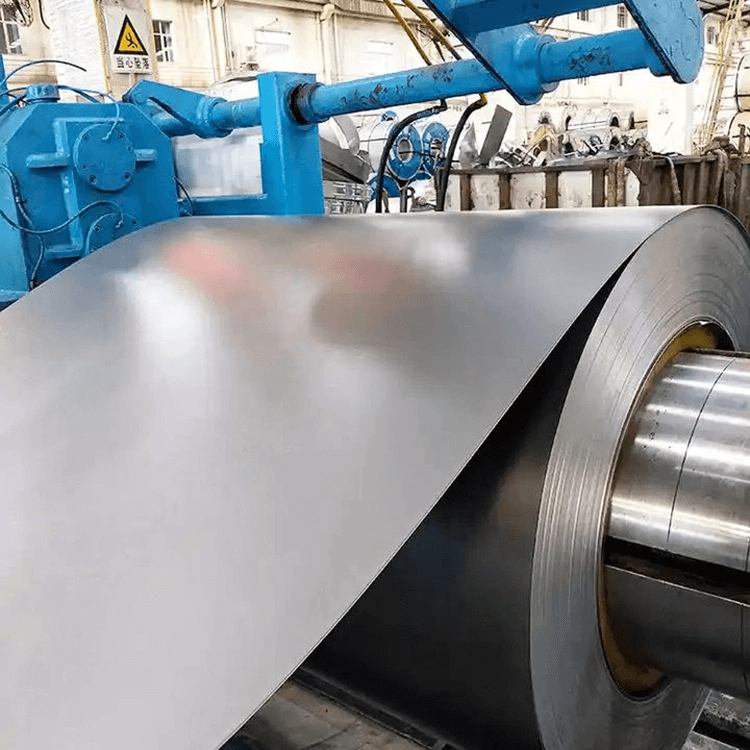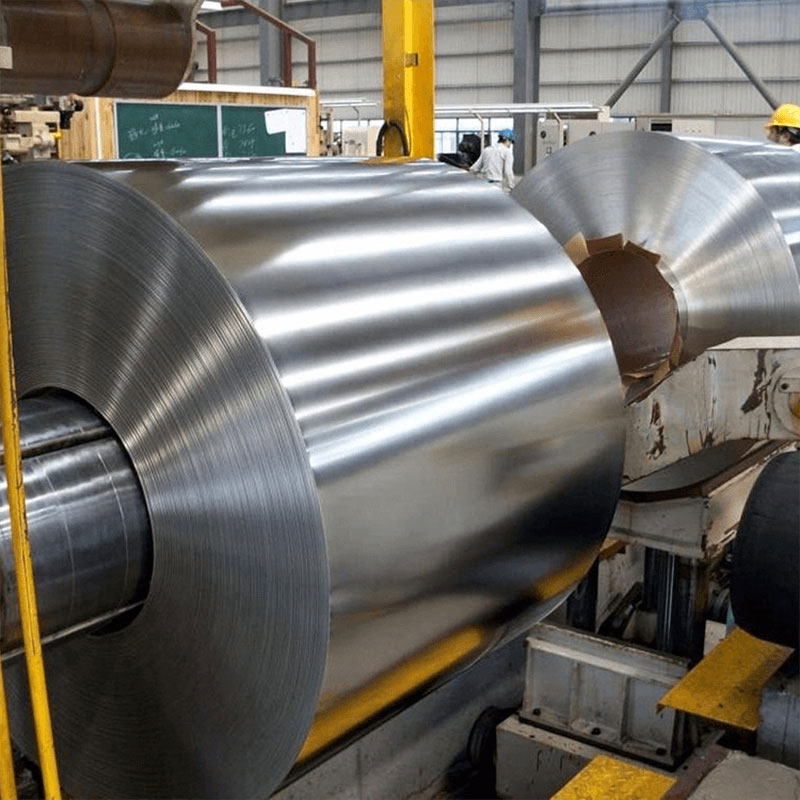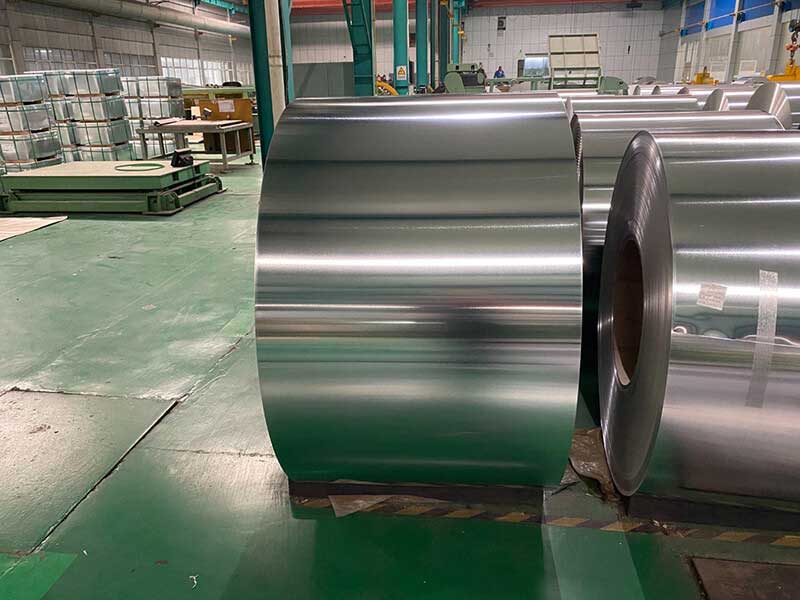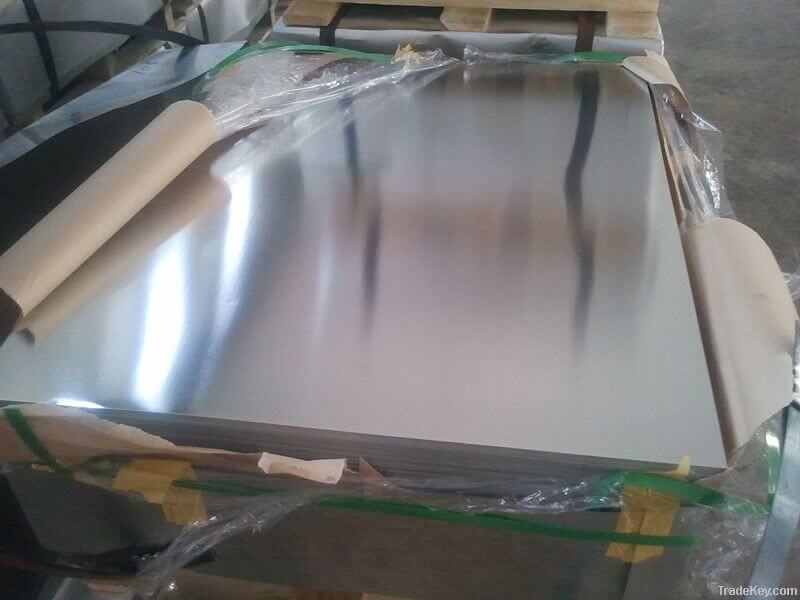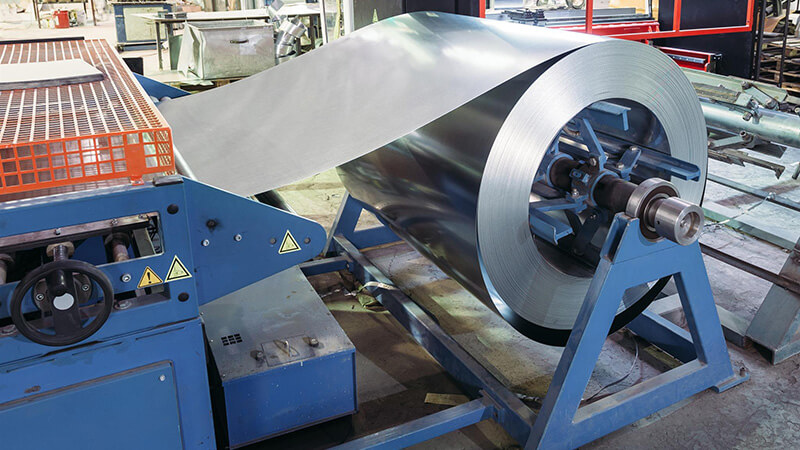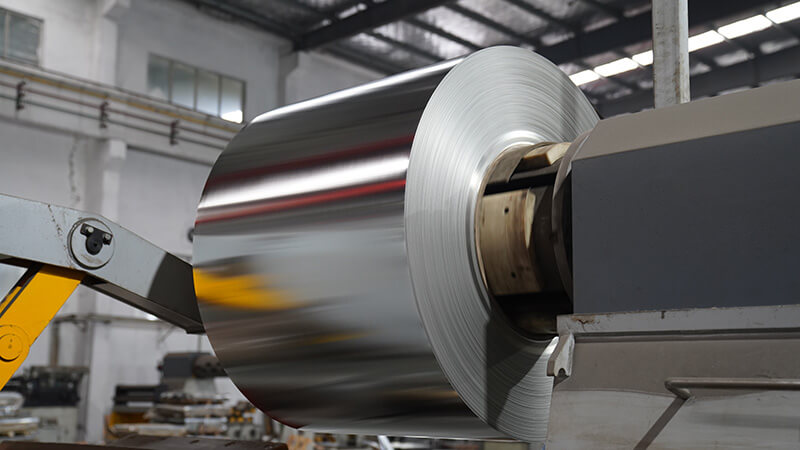Major Factors Affecting Tinplate Stock Prices
This article analyzes the factors affecting tinplate stock prices from multiple-side and helps to predict changes in tinplate prices.
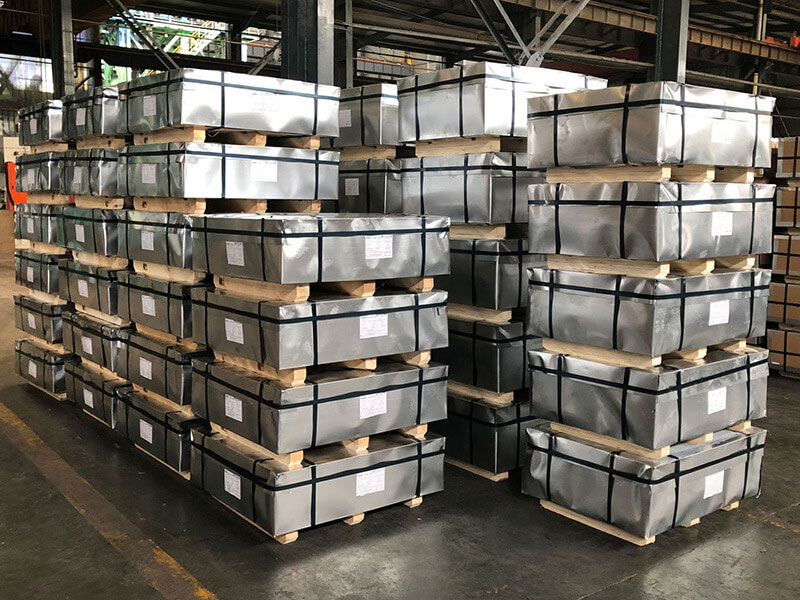
1. Raw Material Costs
raw materials are divided into 2 parts, the first part is the price of the base material, and the second part is the price of the raw material Tin
• Base material price: Steel is an important raw material in tinplate production, so fluctuations in steel prices will directly affect tinplate costs. Factors that affect steel prices include global supply and demand, raw material costs (iron ore and coking coal) and energy prices; at the same time, according to different customer uses, base materials of different quality grades need to be selected to ensure that tinplate meets customer requirements, so the base material grade will also affect Price changes.
• Tin price: Tinplate is made by processing tin and attaching the tin coating to both sides of the steel plate to achieve a beautiful and anti-rust effect; therefore, the cost of tin also significantly affects the price of tinplate. Tin prices may fluctuate due to limited production sources and changing demand in the electronics and packaging industries. In addition, the weight and thickness of the tin coating also have a great impact on the price.
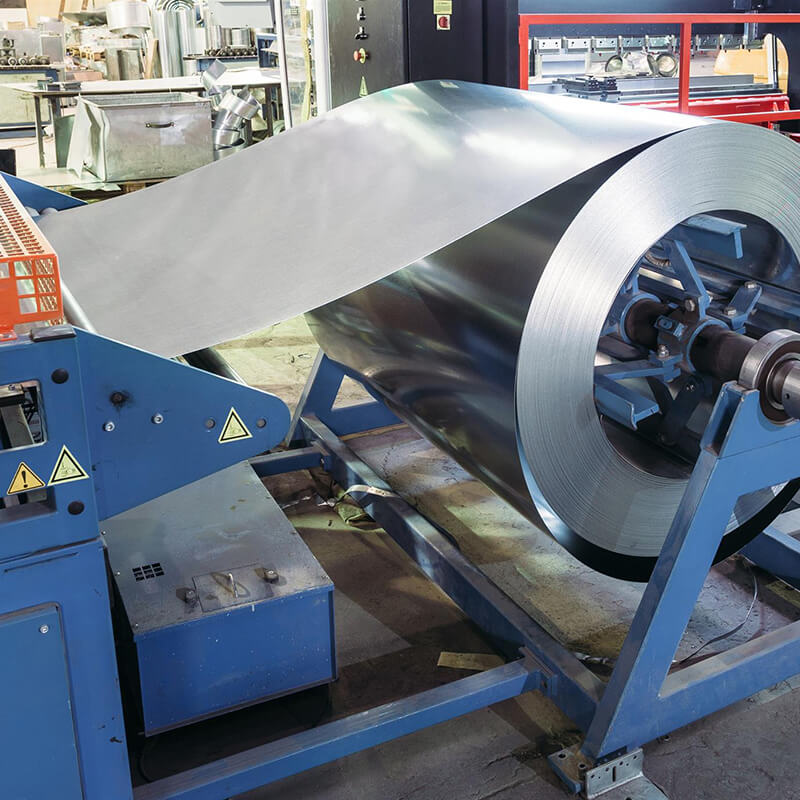
2. Changes in supply and demand
The relationship between supply and demand needs to be analyzed from two levels. The first is the change in global tinplate demand. The second is the problem of the supply chain.
• Global demand: The demand for tinplate is closely related to the packaging industry, especially the food packaging and beverage packaging industries. Economic conditions in major markets such as the United States, Europe and Asia affect tinplate demand. For example, increased demand for packaged foods during periods of economic growth may drive up tinplate prices. Due to climate reasons, the demand for tinplate products in various countries also varies greatly.
• Supply Chain Disruptions: Events such as natural disasters, political instability, or logistical issues can disrupt the supply chain, affecting the availability of raw materials and finished products. For example, the COVID-19 pandemic led to significant disruptions in the global supply chain, impacting tinplate prices.
3. Energy Costs
Production energy: The tinplate manufacturing process is energy-intensive and requires a large amount of electricity and fuel. For example, tinplate is subjected to batch annealing or continuous annealing as needed, depending on the annealing method. Changes in the cost of energy such as oil, natural gas and electricity directly affect production costs. For example, rising energy prices may lead to higher production costs and thus higher tinplate prices.
4. Technological advancements
Increased production efficiency: Advancements in manufacturing technology can reduce production costs by increasing efficiency and reducing waste. However, the initial investment in new technologies can be high and may increase costs in the short term. Innovations in automation and coating technology can also affect production processes and costs.
5. Regulatory and Environmental Policies
• Environmental Regulations: Stringent environmental regulations can increase production costs by requiring companies to invest in cleaner technologies and processes. For example, regulations on emissions and waste management can lead to higher operational costs .
• Trade Policies: Tariffs, import/export restrictions, and trade agreements significantly impact tinplate prices. For example, tariffs on steel and tin imports can increase raw material costs, while trade agreements can either lower or raise the cost of imports and exports
6. Currency Exchange Rate
Exchange rate fluctuations: Since international trade is usually settled in U.S. dollars, currency exchange rate fluctuations in various countries will affect the exchange costs of producers and buyers in different countries. For example, a weaker local currency against the U.S. dollar could increase the cost of imported raw materials.
7. Packing method
Tinplate is divided into electrolytic tinplate coil, electrolytic tinplate sheet and electrolytic tinplate strips according to its form. The packaging methods and packaging costs are also very different according to different forms, which will also lead to changes in the price of tinplate. electrolytic tinplate sheet needs to be cut by a machine and electrolytic tinplate strips needs to slitting, it is will increase cost.
8. Transportation cost
According to different trade terms, there are also different requirements for the storage and transportation of Tinplate. For example, FOB trade terms require suppliers to deliver the goods to the port, and buyers are responsible for the shipping of the goods; the price of sea freight will vary depending on the season. Transportation costs.
9. Surface treatment method
The surface treatment methods of tinplate are different, which also has a great impact on the price changes of tinplate stocks. For example, the prices of conventional tinplate and printed tinplate must be different.
|
Tinplate Surface Treatment |
|
| BR | BRIGHT |
| ST | STONE |
| SL | SILVER |
| MA | MATTE |
10. Other Special requirement
Customers often have a wide range of specific product requirements based on their application areas, and these requirements can vary significantly across different sectors. For example, tinplate used for industrial purposes and tinplate used for food packaging are subject to different standards and specifications. Industrial tinplate typically emphasizes durability and strength to withstand the demanding conditions of various industrial environments. These products may require thicker materials, higher hardness levels, and specialized coatings or layers to provide enhanced corrosion resistance and mechanical strength.
In contrast, tinplate for food packaging focuses more on safety and compliance with food-grade standards. To ensure food safety, food-grade tinplate usually employs non-toxic and harmless coatings and layers. Additionally, to maintain the freshness and quality of the food, the hardness and thickness requirements may differ. This ensures that the packaging is both strong enough to protect the contents and designed for convenient sealing and handling.
Moreover, even within the food packaging sector, different parts of the product may have varying requirements. For instance, the body of a food can and its easy-open lid have different needs regarding hardness and annealing processes. The can body must have a certain level of hardness and toughness to withstand external pressure during transportation and storage. Meanwhile, the easy-open lid needs to have the appropriate hardness to allow consumers to open it easily while maintaining a secure seal.
These differing requirements impact the manufacturing processes and costs, ultimately leading to price variations. Therefore, understanding and meeting the specific needs of customers across different application areas is crucial for providing suitable products. This not only helps enhance customer satisfaction but also fosters long-term partnerships. Companies need to adapt their production processes and material choices flexibly to meet diverse customer demands, maintaining a competitive edge in the market.
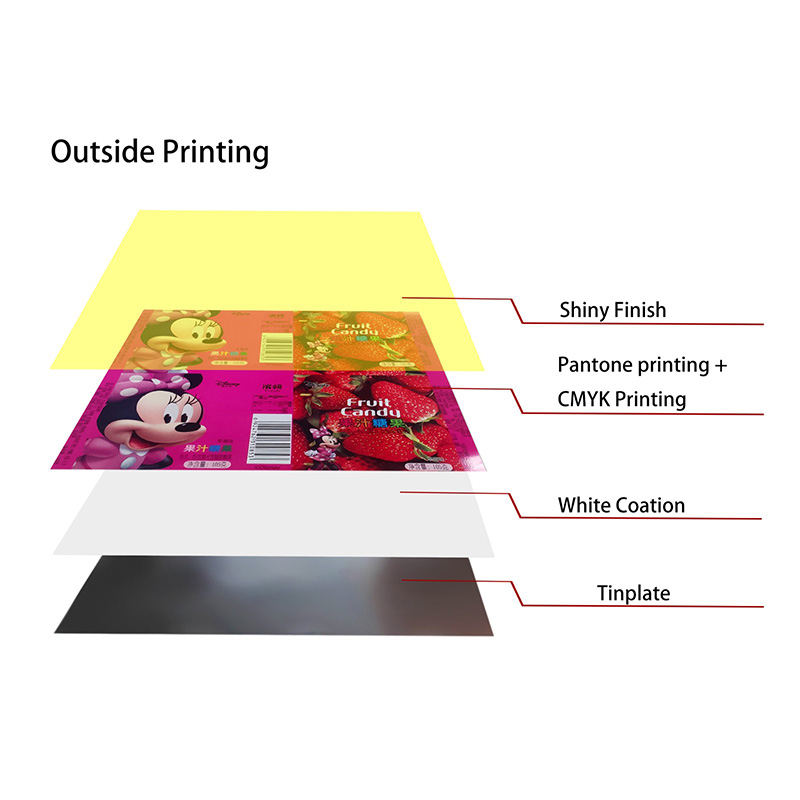
In summary, the above are some insights into the factors affecting tinplate stock prices, which help provide tinplate market trends and predictive analysis. If you are looking for tinplate suppliers or adding new suppliers, we suggest you consider contacting witop tinplate, we can provide professional services and high-quality products.


